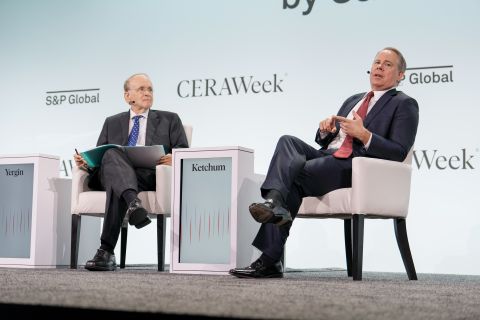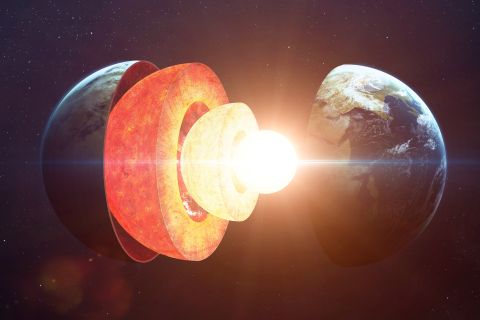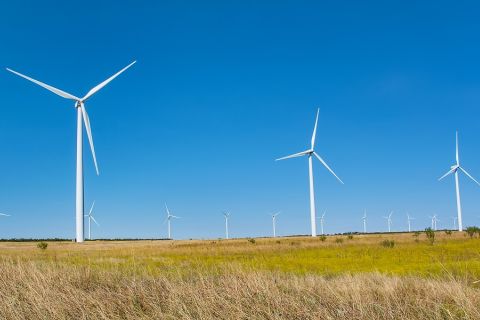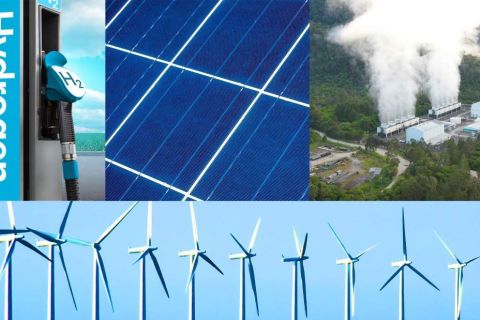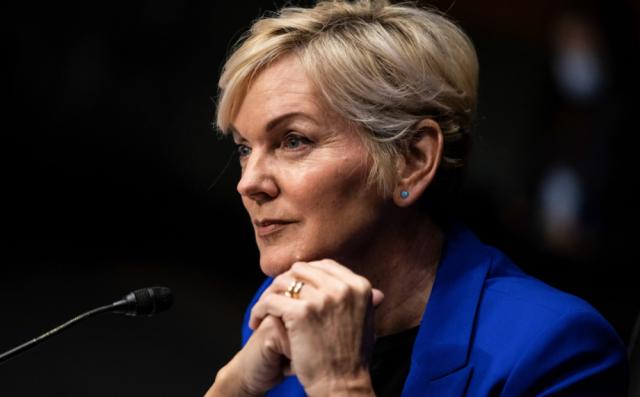
“We have to responsibly increase short-term supply where we can now to stabilize the market,” Granholm said on March 9. (Source: Shutterstock.com)
Any oil and gas companies that can increase supply should do so quickly due to the growing energy crisis following Russia’s invasion of Ukraine, U.S. Energy Secretary Jennifer Granholm said in Houston on March 9.
Russia exports roughly 4 million to 5 million bbl/d of crude oil, more than any other nation other than Saudi Arabia. With global demand exceeding pre-pandemic levels, markets were already tight before the Feb. 24 invasion and since then, prices have soared with global benchmark Brent crude this week touching $139/bbl, its highest since 2008.
“In this moment of crisis we need more supply,” Granholm told attendees at the CERAWeek energy conference by S&P Global in Houston. “Right now, we need oil and gas production to rise to meet current demand.”
Granholm said President Joe Biden’s administration has been reaching out to partners around the world to try to encourage additional output.
On March 9, the United Arab Emirates (UAE), one of the most influential members of OPEC, said it would consider raising output.
“We favor production increases and will be encouraging OPEC to consider higher production levels,” Ambassador Yousuf Al Otaiba said in a statement tweeted by the UAE Embassy in Washington. Later in the day, however, UAE energy minister Suhail al-Mazrouei, said the country is committed to the OPEC+ agreement and its existing monthly production adjustment mechanism.
OPEC and its allies has been slowly restoring 5.8 million bbl/d of crude supply cuts due to the pandemic at a rate of 400,000 bbl/d every month, but has so far resisted calls to raise that output, citing limited spare capacity.
Granholm said the Biden administration wants to act as a partner with the energy industry, which has complained about the White House's push to hasten the transition to a lower-carbon economy.
On March 8, Biden banned Russian oil imports, a move that received some praise from several shale executives at CERAWeek in Houston. The White House had already imposed a series of sanctions on Russia that were affecting its vast oil-and-gas industry since it invaded Ukraine.
RELATED:
US Not Pressuring Allies to Ban Russian Oil Imports, Energy Secretary Granholm Says
Granholm acknowledged that it was hard to balance the need for more oil and gas with the importance of the energy transition amid global warming.
“We have to still reckon with the impact of climate change,” said Granholm, who previously was the governor of Michigan. “We can walk and chew gum at the same time.”
The two largest U.S. oil producers welcomed the secretary’s comments.
The industry is focused on “providing affordable, reliable and ever cleaner energy to enable human progress,” said the Chevron vice president of Lower Carbon Energies, Jeff Gustavson. “Very happy to hear her say that. It is going to take time.”
In recent days, Granholm and other U.S. officials have been more vocal about addressing the supply concerns as the administration has come under fire for rising fuel prices.
“We have to responsibly increase short-term supply where we can now to stabilize the market,” Granholm said.
Both Granholm and the head of the International Energy Agency, Fatih Birol, said major consumers could take more barrels from strategic reserves after that group agreed to release 60 million barrels last week.
“A reserve release may have to happen again,” Granholm said.
New Energy
Granholm said she expects the clean energy economy will be worth $23 trillion by the end of the decade and that 70% of voting Americans support the transition to renewable energy.
The secretary mentioned geothermal lithium brine projects in California as one method that could help the United States produce enough of the white metal for electric vehicle batteries.
Like oil and gas companies, though, miners have also complained about permitting delays. Granholm vowed to streamline permitting, eliciting a large applause from the audience.
“We need to do a whole of government approach to collapse the bureaucracy associated with getting new kinds of” projects approved, Granholm said.
Editor’s note: This story was last updated at 7:23 p.m. CST March 9.
Recommended Reading
Could Concentrated Solar Power Be an Energy Storage Gamechanger?
2024-03-27 - Vast Energy CEO Craig Wood shares insight on concentrated solar power and its role in energy storage and green fuels.
CERAWeek: NextEra CEO: Growing Power Demand Opportunity for Renewables
2024-03-19 - Natural gas still has a role to play, according to NextEra Energy CEO John Ketchum.
US Geothermal Sector Gears Up for Commercial Liftoff
2024-04-17 - Experts from the U.S. Department of Energy discuss geothermal energy’s potential following the release of the liftoff report.
Scout Signs Agreement with AdventHealth for Texas Wind Farm
2024-02-01 - Scout Clean Energy will supply a portion of its Heart of Texas wind farm to support 40% of AdventHealth’s electricity needs.
Energy Transition in Motion (Week of Feb. 16, 2024)
2024-02-16 - Here is a look at some of this week’s renewable energy news, including the outlook for solar and battery storage in the U.S.


